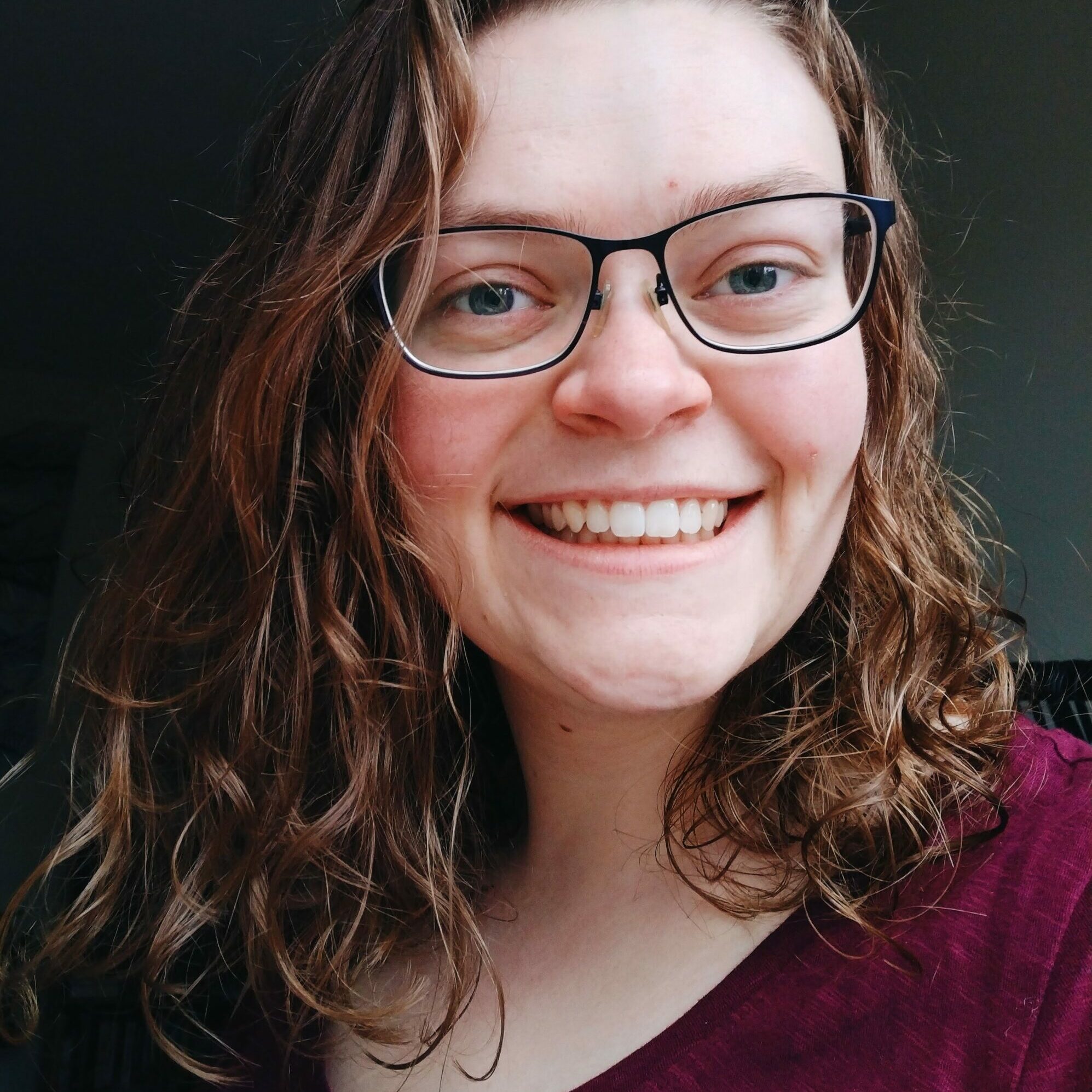Kathryn Murphy

Kathryn Murphy | Data Scientist, REMADE
Email: k.murphy@reading.ac.uk
Role
Within REMADE, I am responsible for all things data. This includes developing the project’s database to capture information about the objects we are analysing and the results of the pXRF and MP-AES analyses. I will be using various analysis techniques to examine and interrogate our data, particularly using GIS to explore the data spatially. I will also be exploring the best ways to visualise our data and explore what stories we can tell about people in the past based on the data we capture from their copper alloy objects.
Background
After completing a BA in Anthropology & Classical Studies at the University of Alberta in Canada, I moved to the UK to undertake my MSc in Geographical Information Science (GIS) & Archaeology at the University of Edinburgh. My MSc dissertation focused on Rubers Law, a large hill in the Scottish Borders with an extended archaeological history. At a landscape scale, I examined how a potential tower on the summit fit into the larger network of Roman sites across the Borders region using 4 different viewshed analysis methods. At a local scale, I conducted GPS and drone surveys of the archaeological remains on the hill, analysing the distribution of Roman sandstone blocks around the summit and providing new insights into the interpretation of the hill’s archaeology.
Since finishing my MSc, I have worked in a variety of roles across the heritage and Higher Education sector in the UK. I worked as a Project Archaeologist for MOLA Headland Infrastructure on the A14 Highways project in Cambridgeshire where I excavated prehistoric, Iron Age, Roman and medieval features and artefacts. I also conducted pre- and post-excavation site survey, recorded excavation data in the project database, and shared the results of the excavations at community events.
At the Lincolnshire Historic Environment Record (HER), I assisted with the management of the HER, updating existing records with new information and adding new sites to the database as excavations and surveys took place. I also worked to make the HER more accessible to the public by creating new digital access, promoting the HER at local events, providing training in how to use the HER to local history groups and universities, and sharing stories about Lincolnshire’s history and heritage on Twitter.
I was the Research Assistant on the Hadrian’s Wall Community Archaeology Project (WallCAP). The role was extremely varied, but my main contribution was the development of the WallGIS, a geodatabase and GIS that, for the first time, brings together over 150 years of research and excavation information for every feature of Hadrian’s Wall. I also supported other branches of the project – supervising fieldwork at various sites along the Wall, providing training to project volunteers in excavation methods, desk-based research, and other digital initiatives, and shared project results on Twitter.
Finally, I am part of the supervisory team for two Oxford University projects – Silver & the Origins of the Viking Age Project and the Appleton Area Archaeological Research Project. Alongside supervising excavations, I manage all geospatial survey and recording of the excavations and provide training to volunteers and students in GPS survey and GIS aspects of the projects. I have also taught on the University of Edinburgh’s Msc in GIS and MSc in Earth Observation & Geoinformation Management programmes as a University Teacher.
Research
My research focuses on the application of GIS analysis methods to study Roman military installations and how they have been positioned to understand how they oversee and control the landscape on the frontiers of Empire, particularly in Roman Britain. I am also keen to get people involved in heritage projects through volunteering and community engagement.
Publications
Collins, R., Harrison, J., Kille, I., Murphy, K., and Shaw, K., 2023. Community Archaeology on Hadrian’s Wall, 2019-2022. Oxford: Oxbow.
Murphy, K.M., Gittings, B., and Crow, J., 2018. Visibility analysis of the Roman signalling network in southern Scotland. Journal of Archaeological Science: Reports. 17. pp.111-134. https://doi.org/10.1016/j.jasrep.2017.10.047
